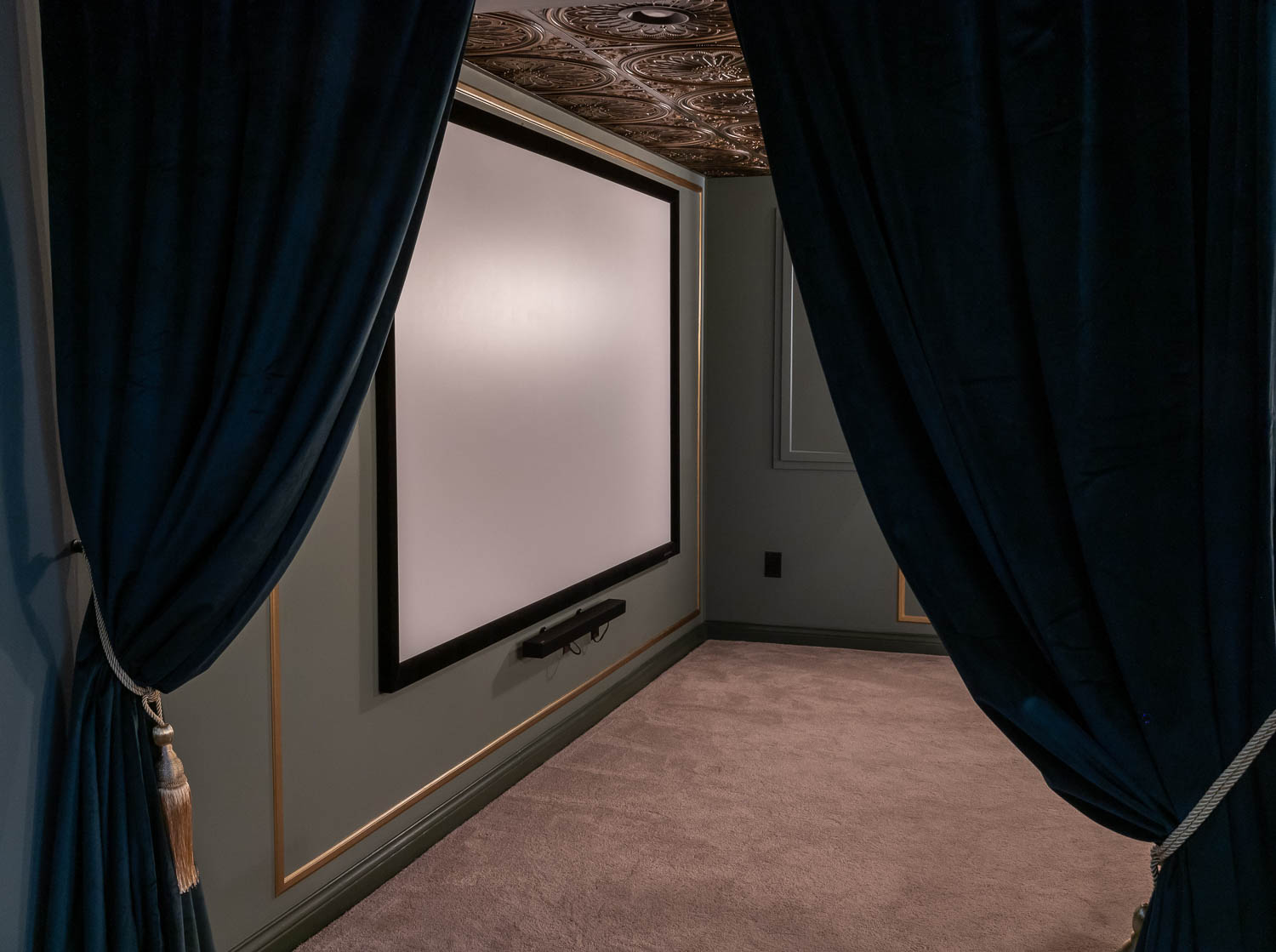

Articles
How To Make Home Theater Curtains
Modified: January 19, 2024
Learn how to make stylish home theater curtains with our informative articles. Transform your theater space with these easy DIY tips!
(Many of the links in this article redirect to a specific reviewed product. Your purchase of these products through affiliate links helps to generate commission for Storables.com, at no extra cost. Learn more)
Introduction
Welcome to the world of home theater curtains, where you can transform your living space into a cinematic haven. Whether you’re an avid movie buff or just looking to enhance your home decor, having the right curtains can make a world of difference. Not only do they add a touch of elegance and style, but they also serve important functional purposes in a home theater setup.
In this article, we will dive into the process of creating and installing your own home theater curtains. From choosing the perfect fabric to measuring and sewing, we will guide you through every step. So, grab a cup of popcorn and let’s get started on creating the ultimate cinematic experience right in the comfort of your own home.
Before we begin, it’s important to note that home theater curtains not only block out external light but also help to control sound within the room. The right fabric can absorb sound reflections and reduce echo, creating a more immersive audio experience. So, let’s start by exploring the different types of fabric that work best for home theater curtains.
Key Takeaways:
- Transform your living space into a cinematic haven by choosing the right fabric, measuring accurately, sewing with care, and adding finishing touches to create custom home theater curtains that enhance both functionality and style.
- Elevate your home theater experience with curtains that block out light, control sound reflections, and create a more immersive audio and visual experience. Choose the perfect fabric, measure meticulously, sew with attention to detail, and add personalized finishing touches for a cinematic haven right in the comfort of your own home.
Choosing the Right Fabric
When it comes to choosing the right fabric for your home theater curtains, there are a few key factors to consider. The fabric should have the ability to block out light effectively, enhance sound insulation, and complement your overall home decor. Here are some popular fabric options to consider:
- Velvet: Velvet is a popular choice for home theater curtains due to its luxurious and elegant look. It has excellent light-blocking capabilities and also helps to absorb sound, creating a more immersive audio experience. Additionally, velvet has a great drape, allowing the curtains to hang beautifully.
- Blackout Fabric: If complete darkness is your goal, blackout fabric is the way to go. This fabric is specially designed to block out light, making it perfect for a home theater environment. It also helps to insulate the room, keeping it cooler during the summer months and warmer during winters.
- Silk: For a more delicate and refined look, silk curtains can add a touch of sophistication to your home theater. While silk may not have the same light-blocking capabilities as velvet or blackout fabric, it still provides a certain level of privacy. Silk curtains also have a unique shimmer that adds elegance and glamour to the space.
- Theatrical Fabric: Theatrical fabrics, such as wool serge or commando cloth, are commonly used in professional theater settings. These fabrics are thick, durable, and have good light and sound absorption properties. They are especially suitable if you want to recreate an authentic theater atmosphere in your home.
- Motifs and Patterns: Aside from the fabric type, you can also consider choosing curtains with motifs or patterns that align with your home decor theme. Whether you prefer a classic solid color or a bold pattern, incorporating your personal style into the curtains can elevate the overall aesthetics of your home theater.
Remember to consider the practicality and functionality of the fabric as well. The curtains should be easy to clean and maintain, as frequent dusting or spot cleaning may be necessary. Additionally, fabrics with good crease resistance and durability will ensure that your curtains look pristine for years to come.
Now that you have an idea of the different fabric options available, it’s time to move on to the next step: measuring and calculating the curtain dimensions.
Measuring and Calculating
Accurate measurements are crucial when it comes to creating home theater curtains that fit perfectly in your space. Here’s a step-by-step guide on how to measure and calculate the curtain dimensions.
- Window Measurements: Start by measuring the width and height of your window or the area where you plan to hang the curtains. Note down these measurements and use them as a reference.
- Fullness: Decide on the desired fullness of your curtains. Fullness refers to the amount of fabric that will be gathered or pleated when the curtains are closed. A general rule of thumb is to aim for 1.5 to 2 times the width of the window for a plush, luxurious look. However, you can adjust this according to your personal preference and the style of curtains you want.
- Curtain Length: Determine the desired length of your curtains. Will they end at the window sill, reach the floor, or puddle on the ground for a dramatic effect? Measure from the top of the curtain track or rod to the desired length, and consider adding a few extra inches for hemming.
- Calculating the Fabric Width: To calculate the fabric width, multiply the width of your window by the desired fullness factor. For example, if your window width is 60 inches and you want 2 times fullness, the fabric width should be 120 inches. If the fabric width is not wide enough to cover the entire window with the desired fullness, consider using multiple fabric panels and joining them together.
- Panels and Seams: Depending on the width of your fabric and desired fullness, you may need to divide your curtains into panels. If your fabric width is not wide enough, you can overlap the panels to create the illusion of a single seamless curtain. Remember to account for seams when calculating the fabric length and cutting your fabric.
Once you have all the necessary measurements and calculations, you can proceed to the next step: sewing the curtains.
Sewing the Curtains
Now that you have the fabric cut to the appropriate dimensions, it’s time to start sewing your home theater curtains. If you’re new to sewing, don’t worry! This step-by-step guide will help you through the process.
- Hemming: Begin by hemming the edges of your fabric. Fold over the edges and secure them with pins. Use a sewing machine or hand-stitching to create a neat and secure hem. Hemming will prevent fraying and give your curtains a polished look.
- Pleats or Grommets: Determine the style of curtain header you want – pleats or grommets. Pleats create a more traditional and formal look, while grommets lend a more contemporary feel. Follow a tutorial or pattern to create the desired header style and attach it to the top of your curtains.
- Attaching Lining: If you opt for lined curtains, cut lining fabric to the same dimensions as your main fabric panels. Pin and sew the lining fabric to the backside of the curtain panels, leaving the top open for the header. Lining adds an extra layer of light-blocking and sound insulation to enhance the home theater experience.
- Finishing Touches: Finally, add any additional finishing touches to your curtains. This could include adding curtain weights along the bottom hem to help them hang smoothly, or attaching tiebacks to hold the curtains in place when open. Be creative and personalize the curtains with trim, tassels, or other decorative elements that complement your home decor.
Once you have finished sewing the curtains, it’s time to move on to the next step: installing the curtain track or rod.
When making home theater curtains, use blackout fabric to block out light and improve the viewing experience. Be sure to measure the space accurately and invest in a sturdy curtain rod for proper installation.
Installing the Curtain Track
Installing the curtain track or rod is an essential step in ensuring that your home theater curtains hang securely and smoothly. Follow these steps to install the curtain track:
- Marking the Placement: Decide on the height at which you want to install the curtain track. Use a measuring tape and a pencil to mark the desired height on the wall. Make sure to account for any existing window trim or wall-mounted equipment that may interfere with the placement of the track.
- Mounting Brackets: Using a level, align the mounting brackets with the marked height and make sure they are level. Once aligned, use a power drill or screwdriver to screw the brackets securely into place. Ensure that they are properly anchored to the wall to support the weight of the curtains.
- Track Installation: Insert the curtain track into the mounting brackets, following the manufacturer’s instructions. This may involve snapping or sliding the track into the brackets. Make sure the track is seated securely and does not wobble or shift when handling the curtains.
- Testing and Adjusting: Once the curtain track is installed, test the movement of the curtains to ensure they slide freely along the track. Adjust the position of the brackets if necessary to ensure smooth and effortless operation. Take your time to make any necessary adjustments before proceeding.
Once the curtain track is securely installed, you can move on to the final step of hanging the curtains.
Read more: How To Make Home Theater Speakers Wireless
Hanging the Curtains
Now that you have installed the curtain track, it’s time to hang your home theater curtains and bring the room to life. Here are the steps to hang your curtains:
- Preparing the Curtains: Before hanging the curtains, give them a final touch-up by steaming or ironing out any wrinkles. This will ensure they hang perfectly and look their best.
- Attaching Curtain Hooks or Rings: Depending on the type of curtain header you have, attach curtain hooks or rings to the top of the curtains. Make sure to evenly space them along the top edge of the curtain panel, following the manufacturer’s instructions or guidelines. This will allow the curtains to slide smoothly along the curtain track.
- Hanging the Curtains: Start by opening the curtains fully and slide them onto the curtain track, one panel at a time. Ensure that the hooks or rings are securely attached to the track and that the curtains hang evenly and at the desired length. Adjust the positioning of the curtains as needed.
- Final Adjustments: Once the curtains are hung, step back and take a look at the overall appearance. Make any final adjustments to ensure that the curtains are evenly spaced and aligned. Stand on a chair or ladder if necessary to reach higher portions of the track and make adjustments.
Congratulations! Your home theater curtains are now hanging beautifully, adding a touch of elegance and functionality to your space.
Lastly, let’s discuss some additional finishing touches you can add to enhance the overall look and feel of your home theater curtains.
Adding Finishing Touches
Now that your home theater curtains are hanging gracefully, it’s time to add those final touches that will truly complete the look. Here are some ideas to consider:
- Tiebacks: If you want to keep your curtains open when not in use, consider adding tiebacks. These can be in the form of decorative ropes, fabric ties, or even magnetic closures. Tiebacks not only help to keep the curtains neatly gathered but also add a touch of elegance to your home theater decor.
- Valances or Cornices: Adding a valance or cornice above your curtains can elevate the overall aesthetics of the space. Valances are fabric panels that hang across the top portion of the window, while cornices are wooden or upholstered box-like structures. They can add a decorative element and create a polished, finished look to your curtains.
- Curtain Rings or Clips: Consider using decorative curtain rings or clips to attach your curtains to the curtain track. These can add a stylish accent and can match or complement the theme of your home theater. Choose from a variety of materials and designs to achieve the desired look.
- Curtain Tiebacks Holders: If you decide to use tiebacks, you can further enhance their appearance by using curtain tieback holders. These can be mounted on the wall near the edges of the curtains and come in various designs and materials. Curtain tieback holders keep the tiebacks neatly in place when not in use and can serve as additional decorative elements in your home theater.
- Layered Curtains: For a more dramatic look, consider layering your home theater curtains. You can add sheer curtains behind your main curtains to create depth and dimension. Sheer curtains allow natural light to filter through while still providing privacy. Layering curtains also allows for customization and versatility, as you can open or close different layers to adjust light and sound levels as desired.
By adding these finishing touches, you can truly transform your home theater curtains into a visual masterpiece that complements your space and creates the perfect cinematic ambiance.
Now that you have learned how to choose the right fabric, measure, sew, install, and hang your home theater curtains, it’s time to sit back, relax, and enjoy the immersive cinematic experience right in the comfort of your own home.
Happy movie-watching!
Conclusion
Congratulations on completing your journey to create and install your own home theater curtains! By choosing the right fabric, measuring accurately, sewing with care, installing the curtain track, and adding finishing touches, you have transformed your living space into a cinematic haven.
Home theater curtains not only enhance the aesthetic appeal of your room, but they also serve important functional purposes. They block out external light, control sound reflections, and create a more immersive audio and visual experience. With the right fabric, measurements, and sewing techniques, you’ve crafted curtains that will enhance your home theater experience for years to come.
Remember, when choosing the fabric, consider options like velvet, blackout fabric, silk, or theatrical fabrics that provide both light-blocking and sound absorption qualities. Calculate the dimensions carefully and sew the curtains with attention to detail. Installing the curtain track securely is essential to ensuring smooth operation, and adding finishing touches like tiebacks, valances, or layered curtains can bring the whole look together.
Now, it’s time to sit back, relax, and enjoy your personalized home theater. Grab a bowl of popcorn, dim the lights, and immerse yourself in the magic of movies, all within the comfort of your own home. With your custom-made curtains, you’ve created a space where you can truly escape and indulge in the cinematic experience.
So, gather your family and friends, or simply enjoy a quiet movie night by yourself. Let the curtains draw open and transport you to another world right in your own living room. Your meticulously crafted home theater curtains are a testament to your creativity and dedication to creating a space that enhances both functionality and style.
Thank you for joining us on this journey to create the perfect home theater curtains. We hope that this guide has been informative and inspiring. Now, sit back, relax, and enjoy the show!
Frequently Asked Questions about How To Make Home Theater Curtains
Was this page helpful?
At Storables.com, we guarantee accurate and reliable information. Our content, validated by Expert Board Contributors, is crafted following stringent Editorial Policies. We're committed to providing you with well-researched, expert-backed insights for all your informational needs.
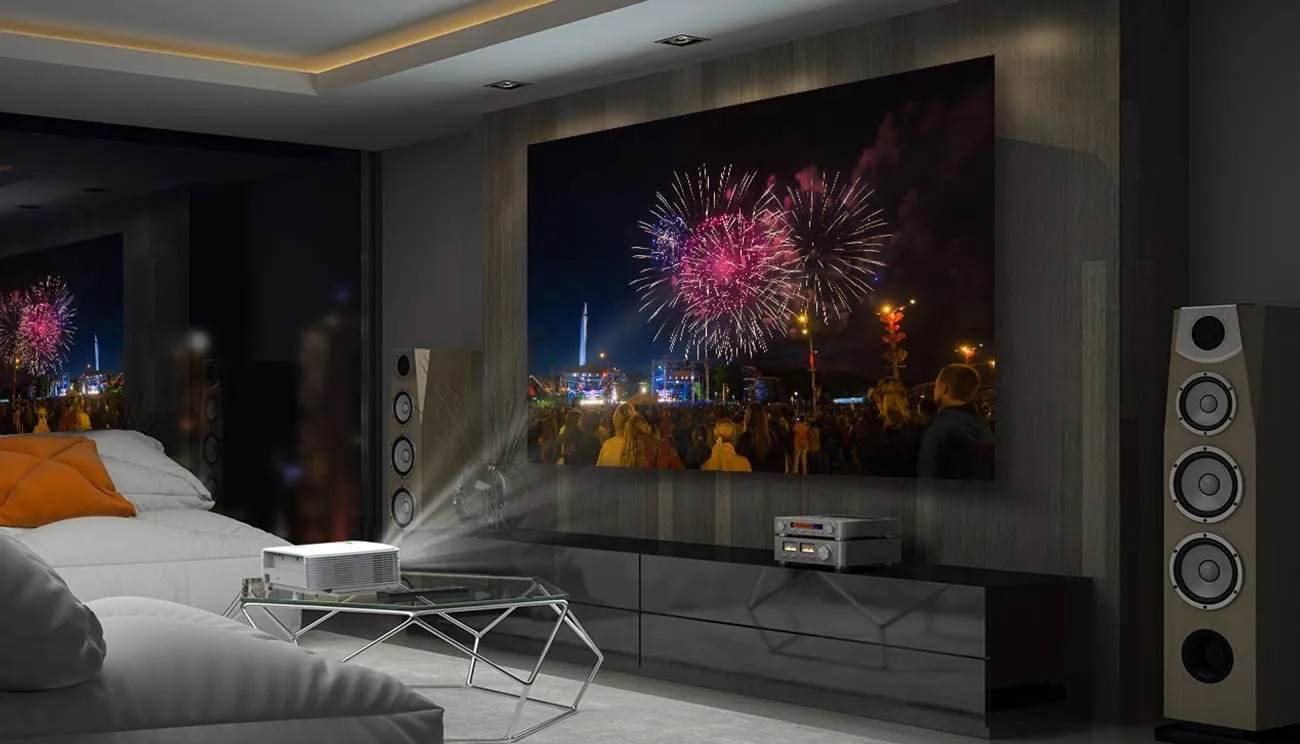
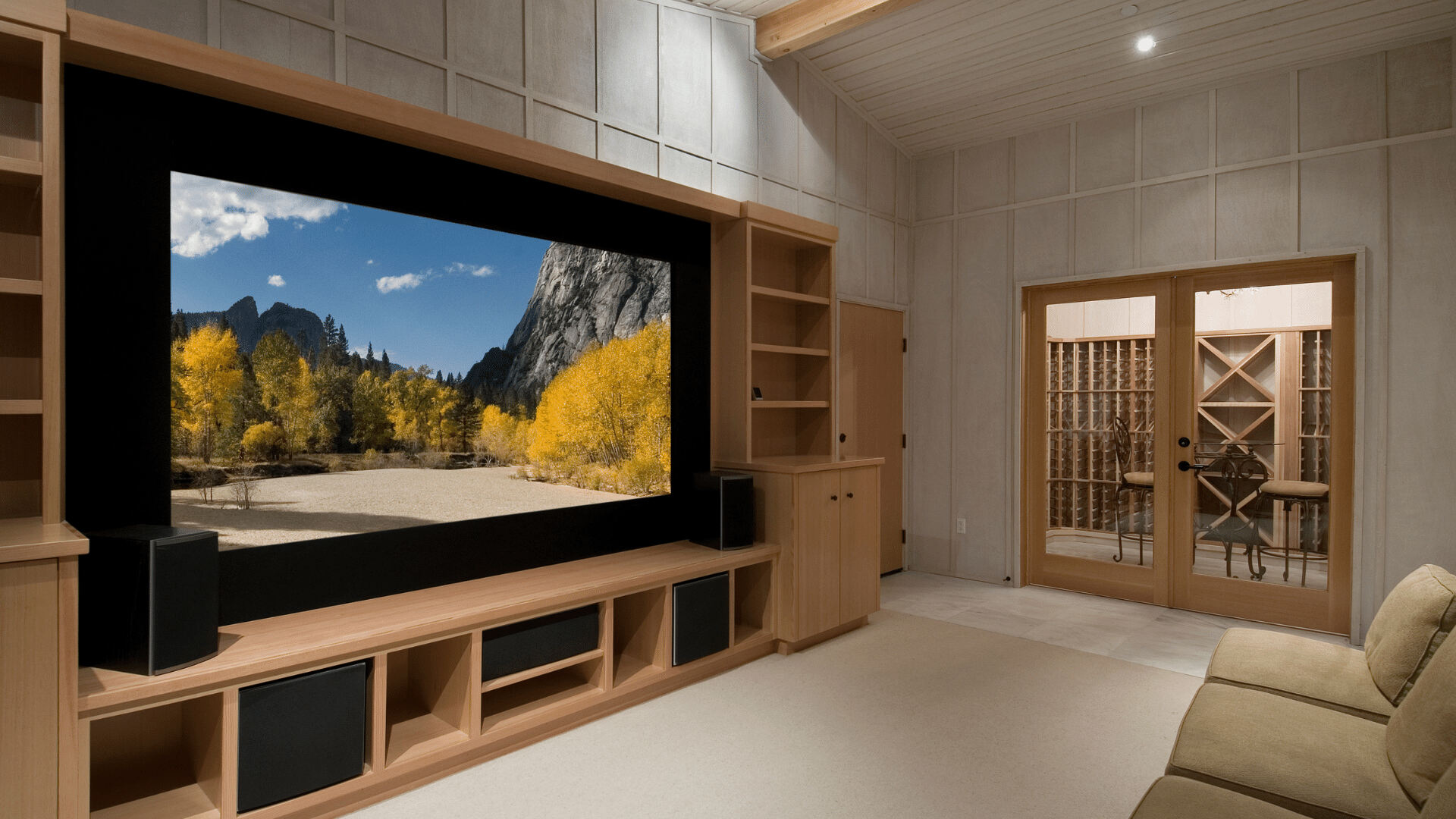
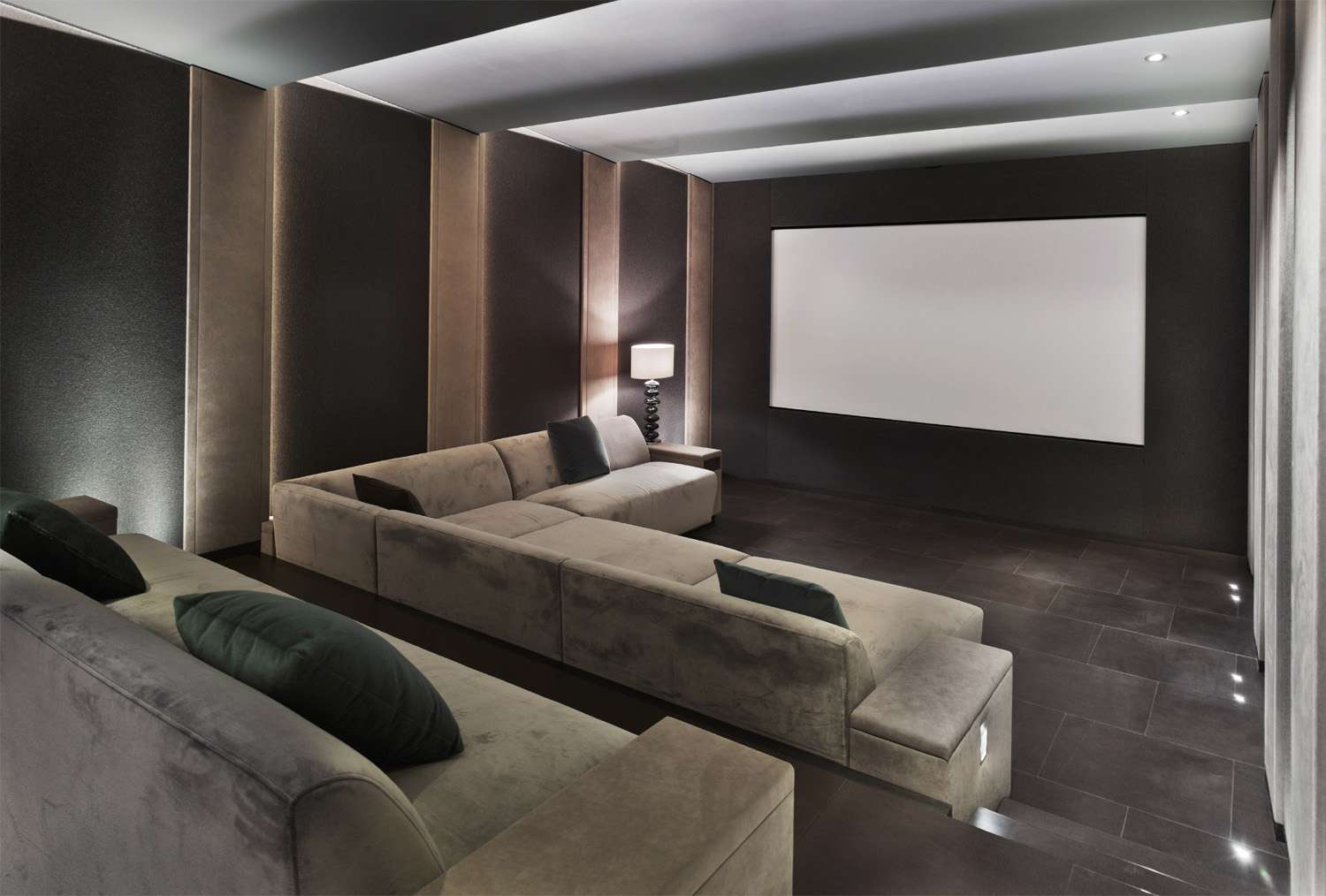
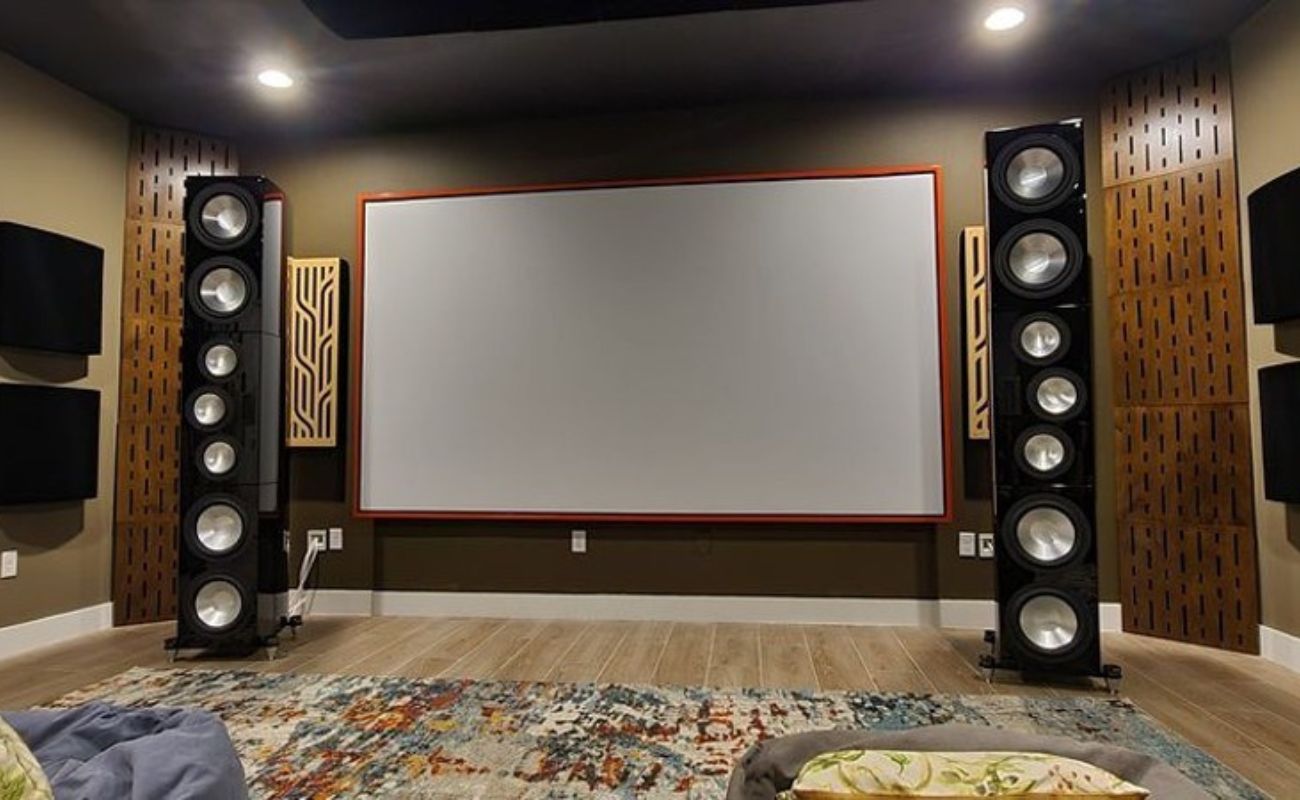
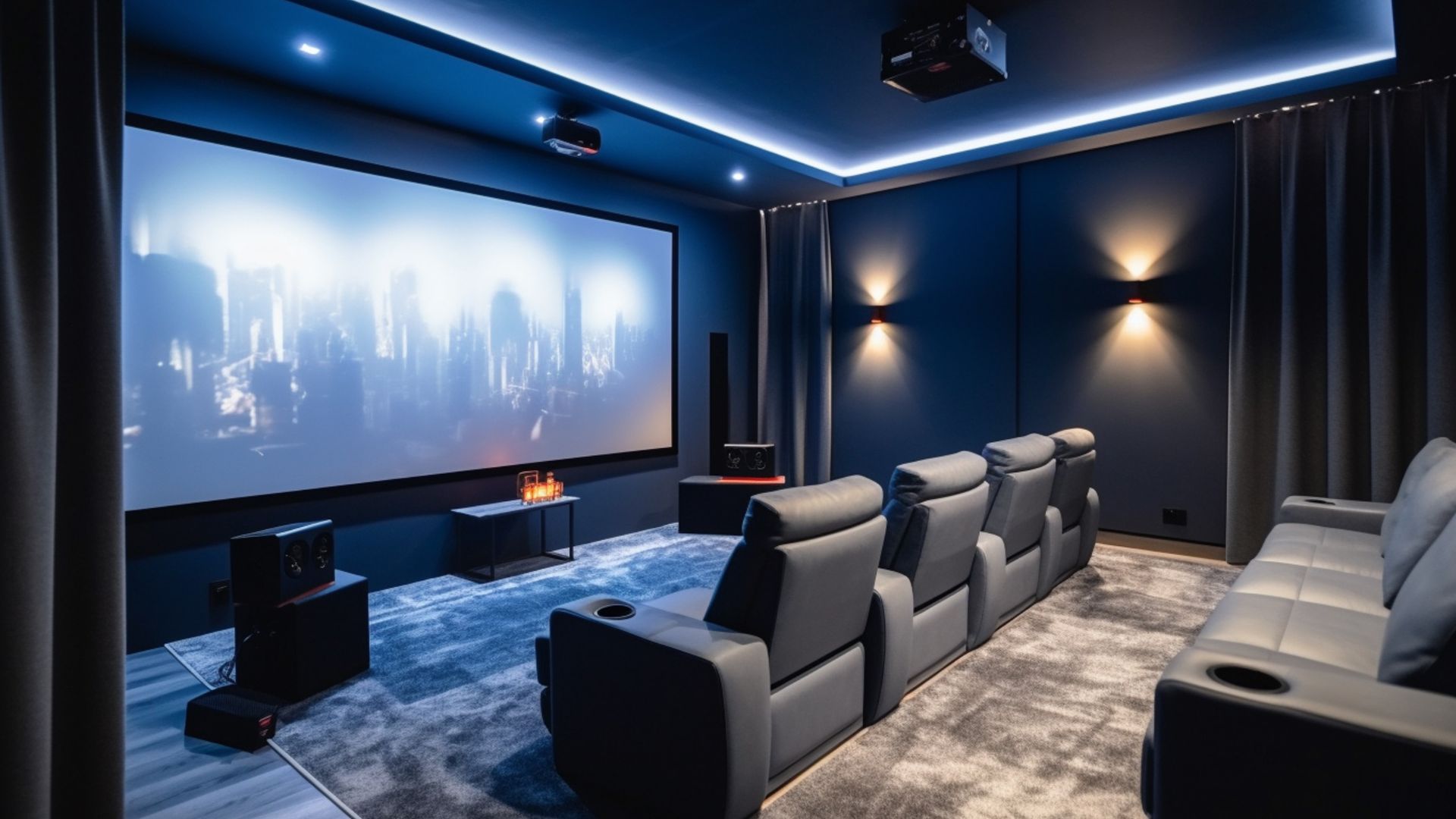
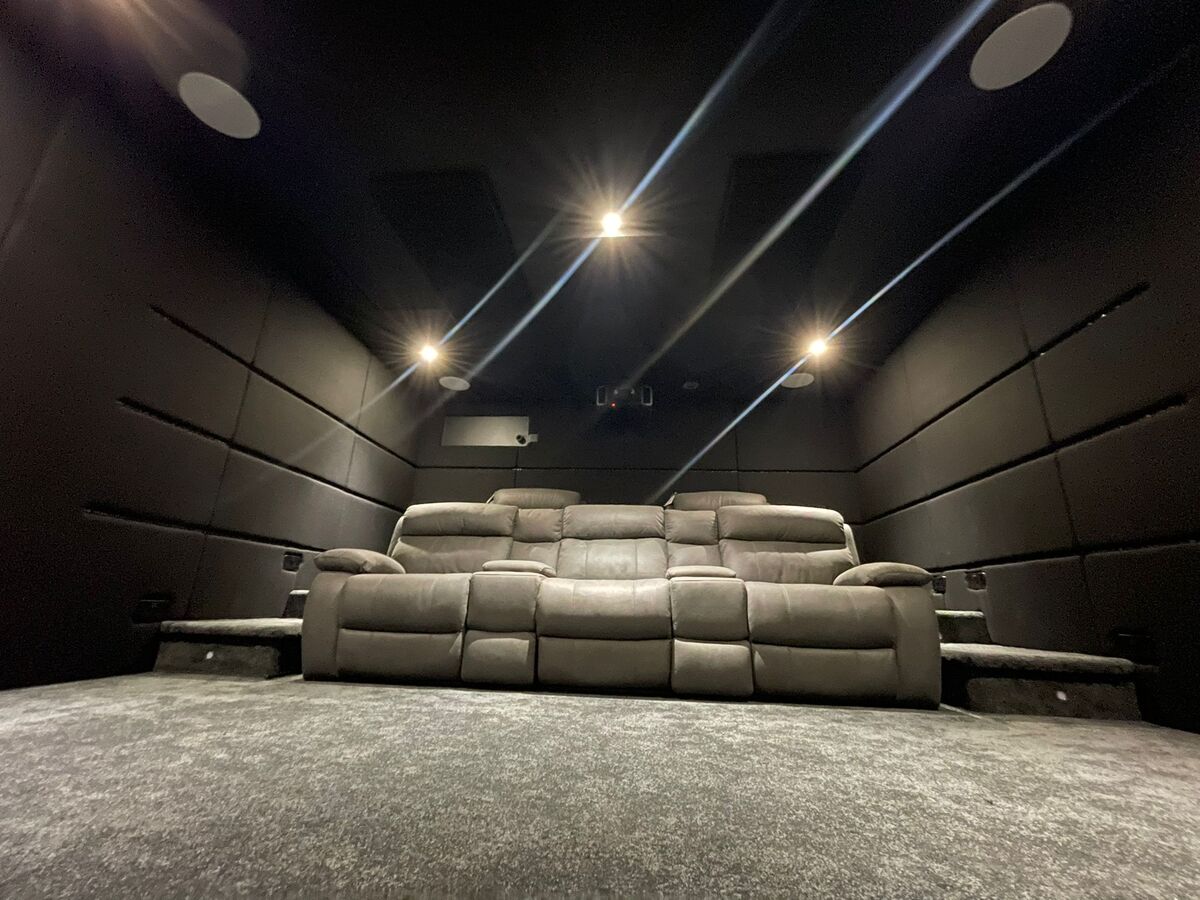
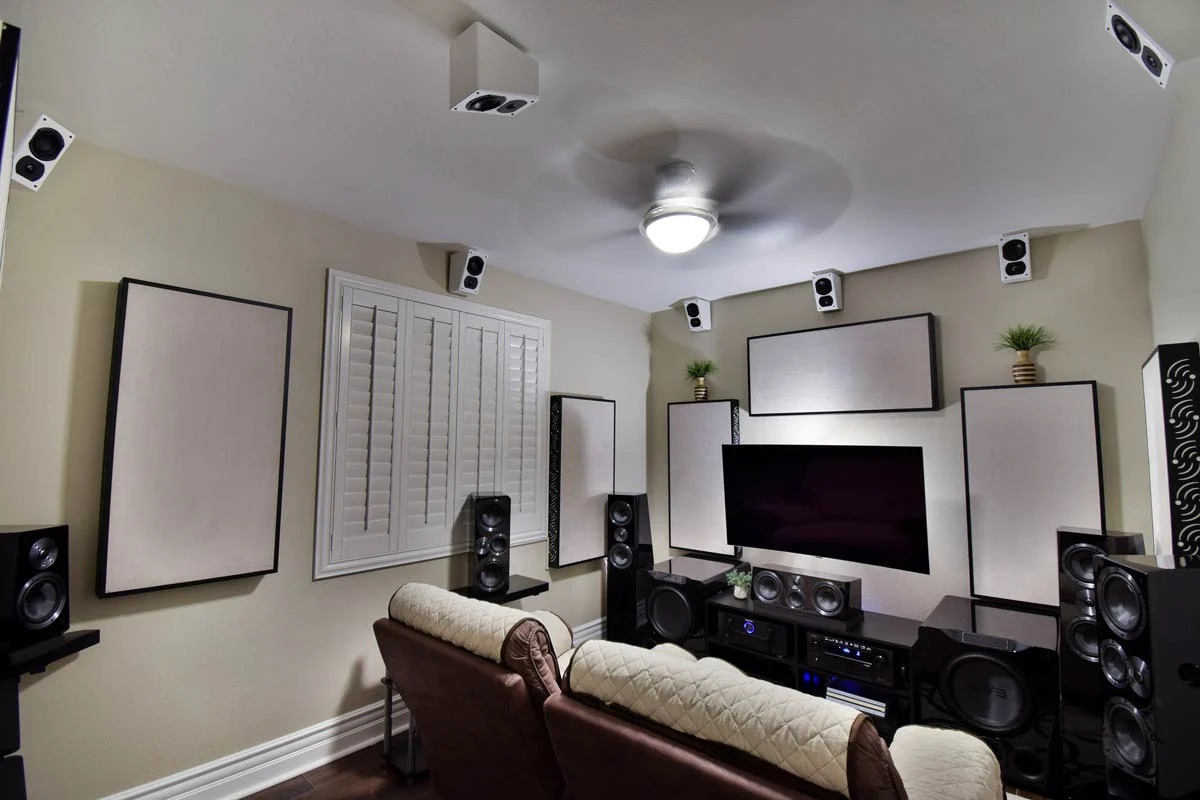

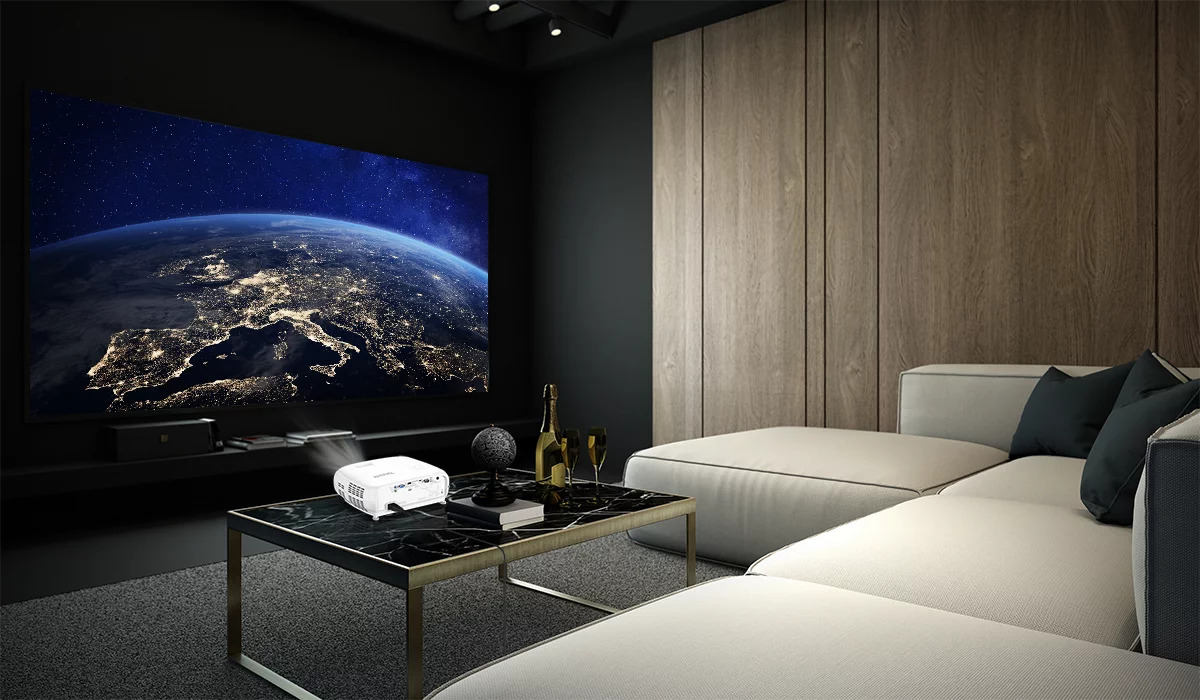
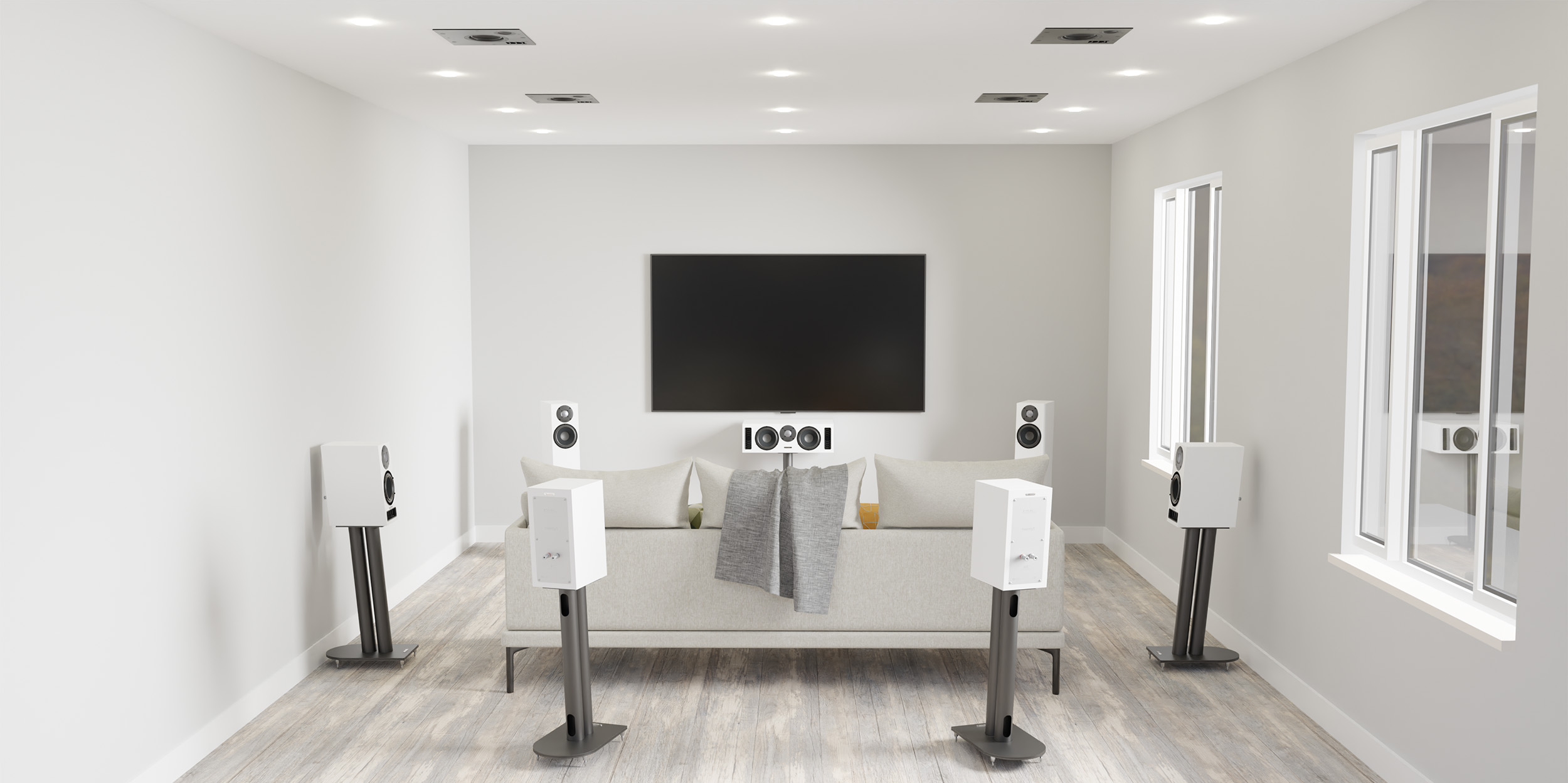
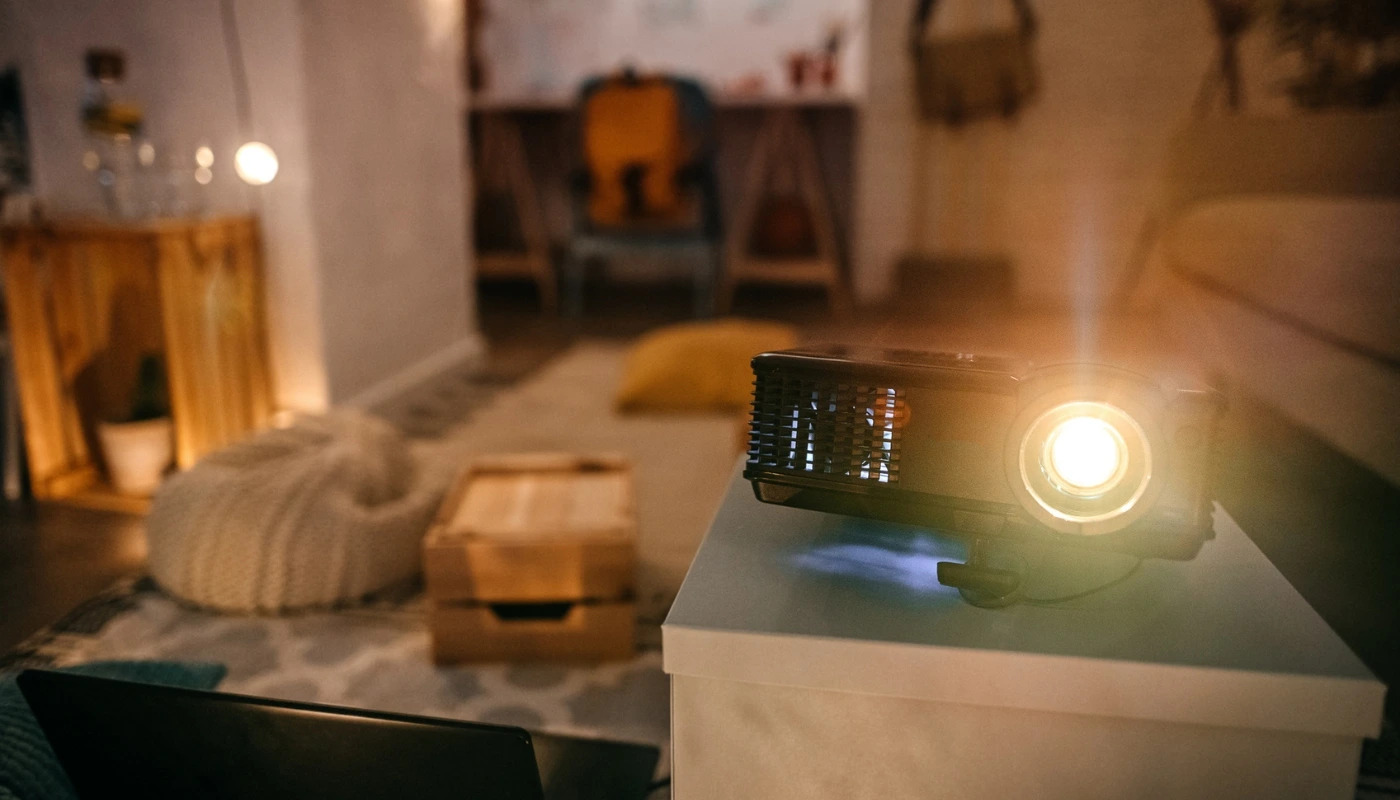

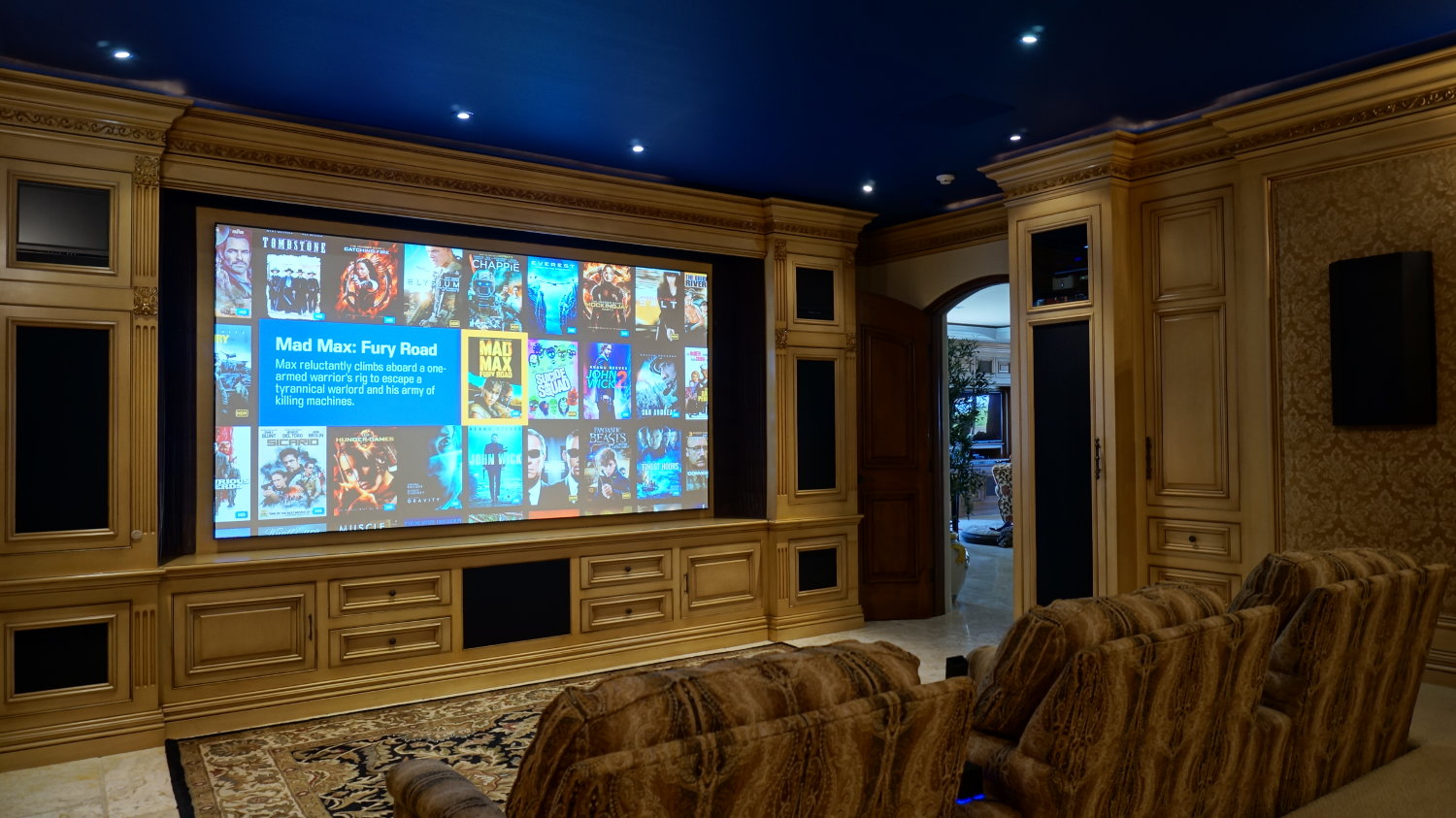
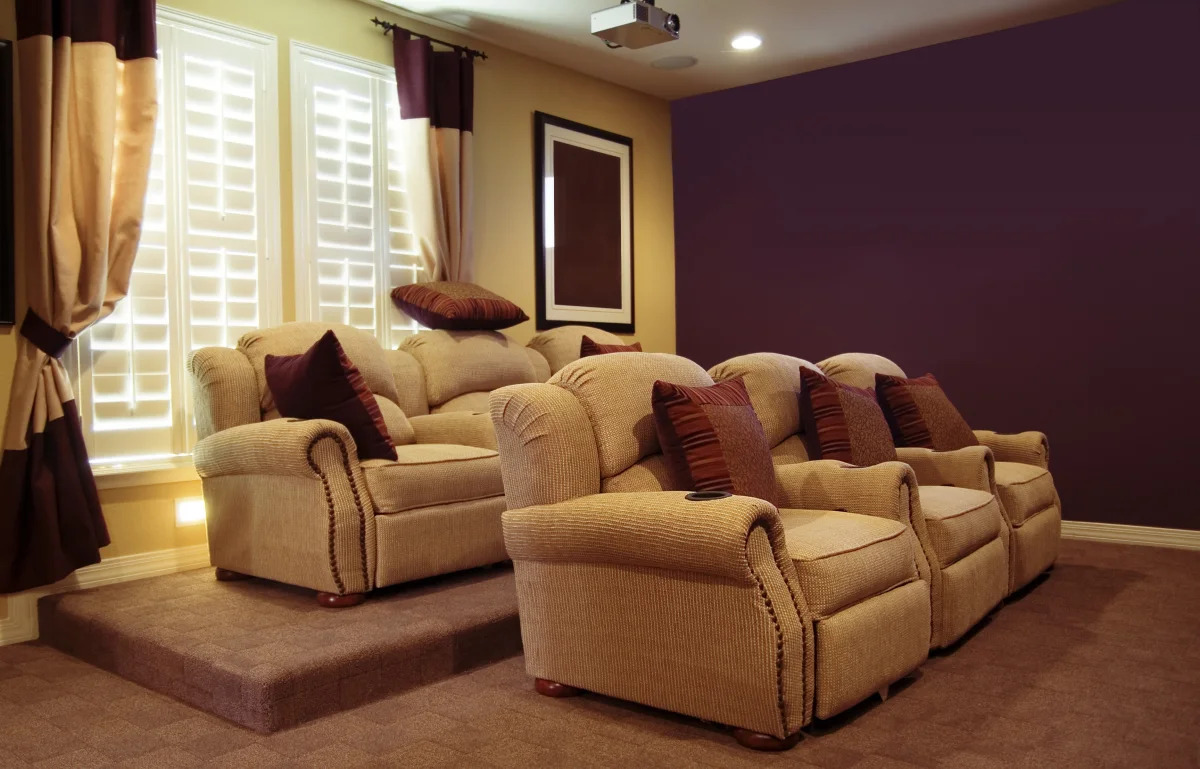

0 thoughts on “How To Make Home Theater Curtains”